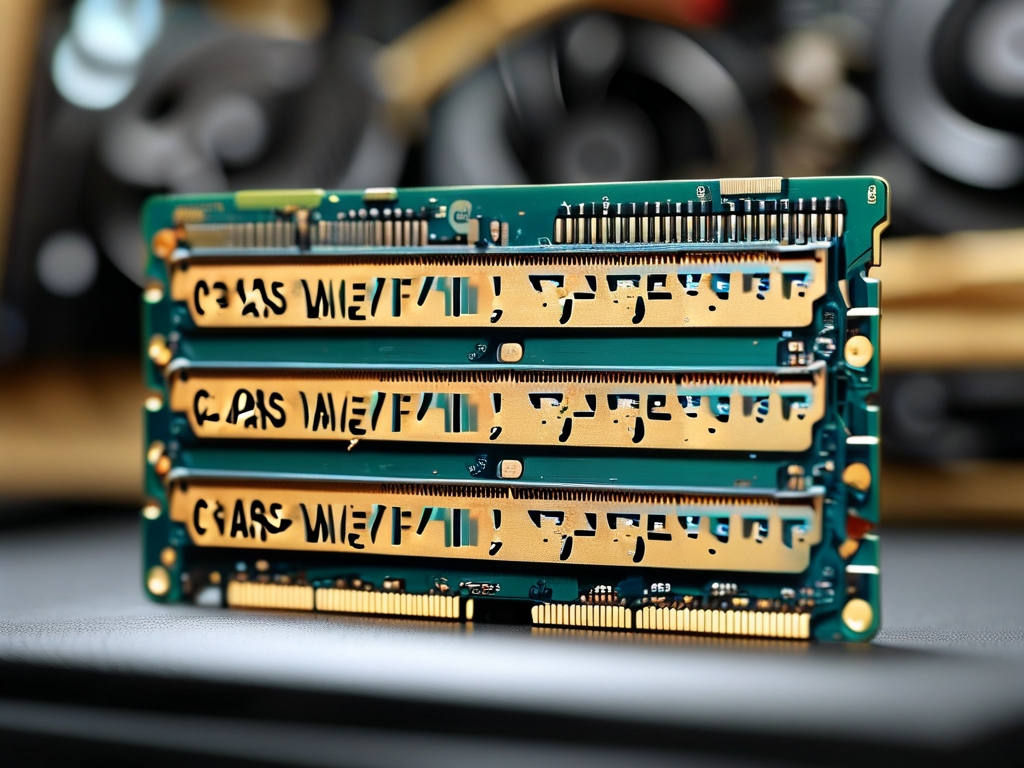Memory timing segmentation calculation is a critical aspect of optimizing computer system performance, particularly in high-performance computing and embedded systems. This article explores various methodologies for calculating memory timing segments, their technical implementations, and practical applications. By understanding these methods, engineers and developers can enhance memory efficiency, reduce latency, and improve overall system stability.

1. Fixed-Frequency Segmentation This approach divides memory timing parameters based on fixed clock frequencies. The calculation relies on predefined frequency thresholds to allocate timing values such as CAS latency (CL), tRCD (RAS to CAS delay), and tRP (RAS precharge time). For example, DDR4 modules often use frequency bands (e.g., 1600MHz to 3200MHz) to assign optimized timing values.
- Advantages: Simplicity in implementation and compatibility with standardized memory profiles.
- Limitations: Inflexibility in handling dynamic workloads or non-standard frequencies.
2. Latency-Centric Adaptive Segmentation This method dynamically adjusts timing segments based on real-time latency measurements. Using feedback loops from memory controllers, it recalculates parameters like tRAS (Active to Precharge delay) and tRFC (Refresh Cycle Time) to match workload demands. Machine learning algorithms are increasingly integrated to predict latency patterns.
- Implementation: Requires advanced sensors and firmware-level adjustments.
- Use Cases: Data centers and AI-driven systems requiring low-latency responses.
3. Voltage-Temperature Compensated Segmentation Memory timing parameters are highly sensitive to voltage fluctuations and temperature changes. This approach incorporates environmental variables into calculations, using lookup tables or real-time sensors to adjust timing segments. For instance, tWR (Write Recovery Time) may increase at higher temperatures to prevent data corruption.
- Technical Challenges: Requires precise calibration and thermal modeling.
- Applications: Automotive electronics and industrial systems operating in extreme conditions.
4. Hybrid Tiered Segmentation Combining fixed and adaptive methods, hybrid segmentation creates multiple timing tiers. A base layer uses conservative values for stability, while an optimized layer activates under specific conditions (e.g., low-power modes). This is common in mobile SoCs (System-on-Chip) where balancing performance and energy efficiency is crucial.
- Example: LPDDR5 memory in smartphones switches between "performance" and "battery-saver" timing profiles.
- Complexity: Requires sophisticated memory controller designs.
5. Software-Defined Timing Allocation Emerging frameworks like JEDEC's DDR5 SPD (Serial Presence Detect) Hub enable software-driven timing adjustments. Users can override factory settings via BIOS/UEFI interfaces or specialized tools, allowing granular control over parameters like tCWL (CAS Write Latency).
- Risks: Incorrect configurations may cause system instability.
- Innovation: Open-source projects are developing AI-assisted tuning tools for enthusiasts.
Comparative Analysis | Method | Flexibility | Complexity | Ideal Use Case | |----------------------|-------------|------------|-------------------------| | Fixed-Frequency | Low | Low | Consumer PCs | | Adaptive | High | High | Cloud servers | | Voltage-Temperature | Moderate | Moderate | Automotive systems | | Hybrid | Medium | Medium | Mobile devices | | Software-Defined | Very High | Very High | High-performance gaming |
Future Trends With the rise of heterogeneous computing and 3D-stacked memory, timing segmentation is evolving toward multi-dimensional models. Research in photonic memory interfaces and quantum computing may introduce entirely new calculation paradigms. Meanwhile, industry standards like DDR6 are expected to formalize adaptive timing as a core specification.
Memory timing segmentation calculation methods form the backbone of modern memory optimization strategies. From fixed-frequency approaches to AI-driven adaptive systems, each methodology addresses specific performance and environmental requirements. As hardware architectures grow more complex, the development of intelligent, context-aware timing calculation frameworks will remain a key focus for engineers and researchers.
References
- JEDEC DDR5 Standard (JESD79-5)
- "Memory Systems: Performance, Energy, and Reliability" by Bruce Jacob
- IEEE Transactions on Computer-Aided Design (2023) studies on ML-based timing optimization









